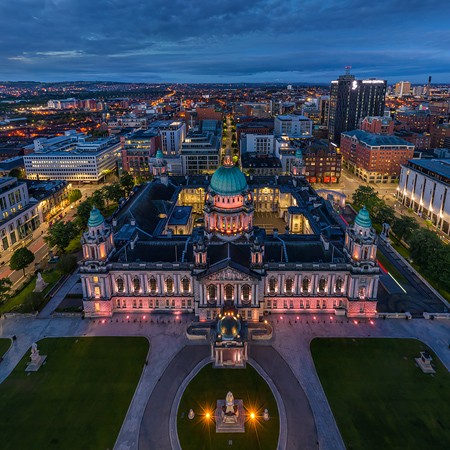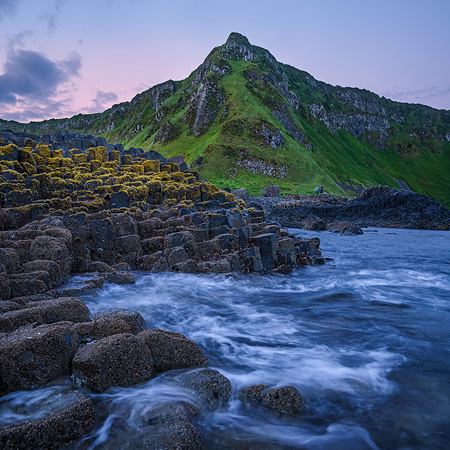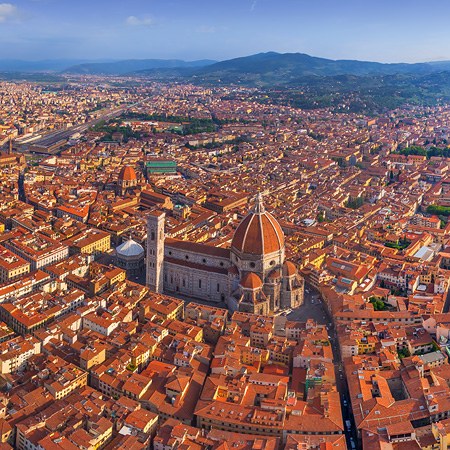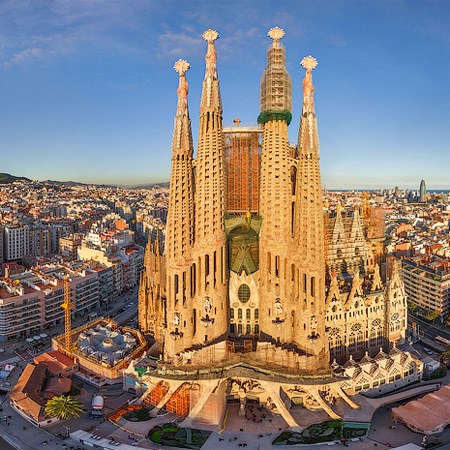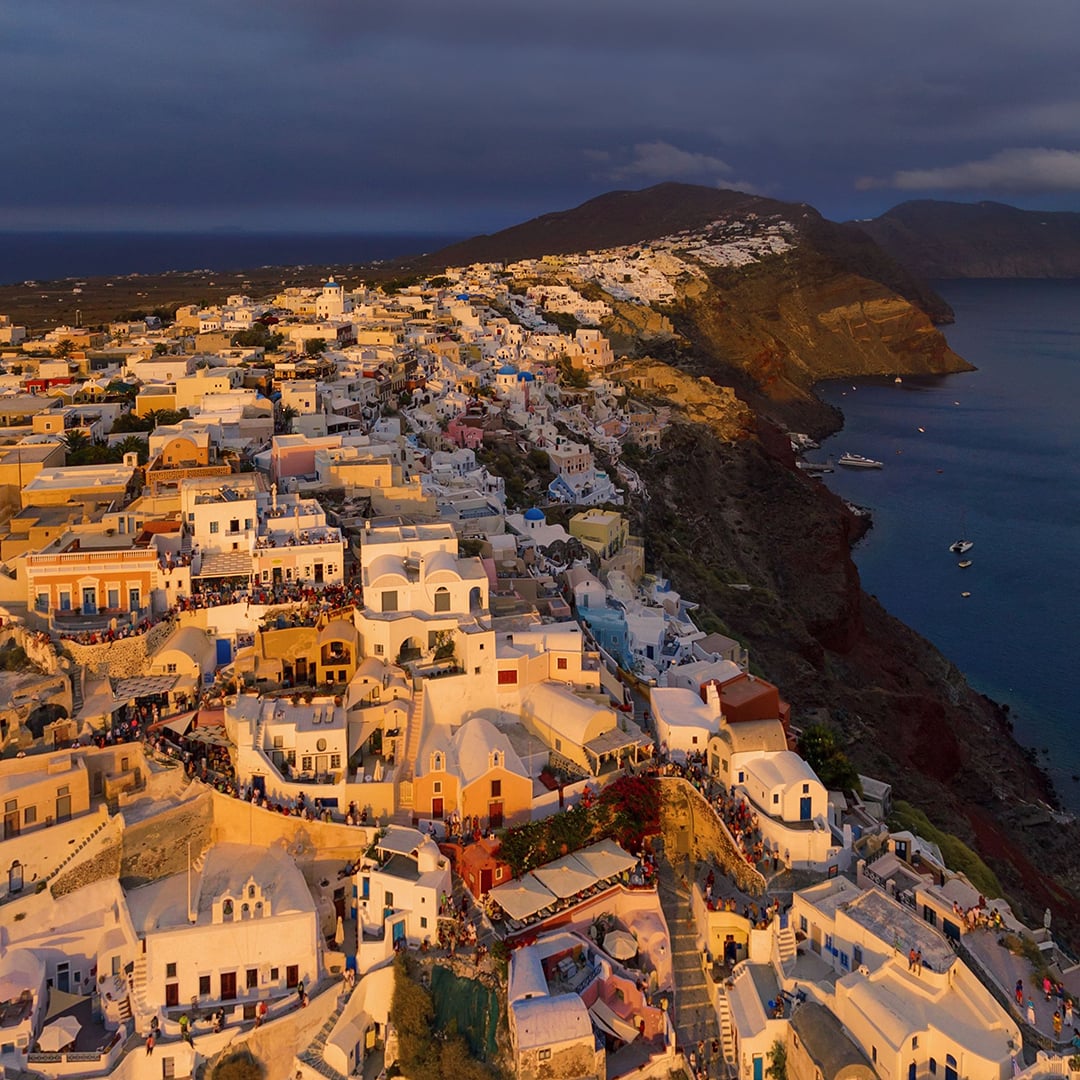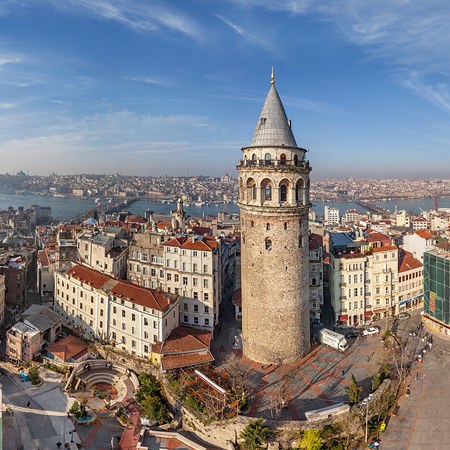London, United Kingdom
London is one of the most ancient and interesting cities in Europe. The initial settlement named Londinium has been founded here no later than the year 70 AD by the Romans. Nowadays it is a major economic and cultural centre that is famous for its history and landmarks.

It is a rare city that has not a single but several outstanding sights. The Palace of Westminster standing on the bank of the River Thames is one of them. The building gained its present appearance in 1860. Previously, this site had been occupied by the palace of Cnut the Great who had been reigning England, Denmark and Norway from 1016 to 1035. Then it had become the royal residence that was eventually destroyed by the fire.
Now the Palace houses the Parliament of the United Kingdom and stands close to Westminster Abbey, a Gothic church built between 1245 and 1745. The Abbey suffered certain damage during the Second World War, but then was carefully restored and together with the Palace of Westminster it was designated a UNESCO World Heritage Site.

For centuries, Westminster Abbey had owned the territory of Hyde Park, a green oasis covering 1.4 km2 and a popular recreational site. The main landmark of the park is the Serpentine Lake where swimming is allowed. Hyde Park is also famous for a Speakers' Corner where preachers and speechmakers master their skills. Unofficial "landlords" of the park are numerous squirrels, but feeding them is prohibited.
Another significant symbol of London and the entire Great Britain region is Big Ben, also named Elizabeth Tower, a part of the Palace of Westminster. It measures 96 meters high and has the third-largest clock in the world. On 21 August 2017, Big Ben's chimes were silenced for four years to allow for essential restoration work to be carried out until 2021.

London's historic centre is named the City. At its highest point, 17 meters above sea level, on Ludgate Hill, there is St Paul's Cathedral. It is a fifth Christian church on this site: one of the previous was destroyed by the Vikings, others were burnt down in a fire. The present Cathedral was completed in 1708, now it is the residence of the Bishop of London.

On the north bank of the River Thames, there is one of the most ancient constructions of the city, the Tower of London. It is believed that it was founded by William I in 1066. For more than a thousand years history, the Tower of London had been a fortress, a palace, a treasury, an armoury, the Royal Mint, a prison and an observatory. Now it is a museum.
At the beginning of the 13th century, one of the castle's towers served as a menagerie. The records indicating the costs of maintaining lions were found here; later Henry III was presented with three leopards, an elephant and a polar bear. At the moment of deciding to close down the menagerie, the Tower counted over 60 species of animals! A great deal of attention from Londoners was attracted to a polar bear when it went fishing in the Thames. But this part of the building was named after the lion — the Lion Tower.

Among legends of the Tower, there is a story about black ravens. In the 17th century, King Charles II ordered to keep at least six of these birds in the Tower. Probably, the function of the ravens was to scavenge after the executions that took place here. Now the birds are looked after by the state and under the care of the Ravenmaster. There is the belief that if ravens leave the castle, the kingdom will fall.

Just near the Tower, there is a bridge bearing the same name and opened in 1894. It was built using the most up-to-date technologies: with a total length of 244 meters, it opens within a minute. Pedestrians could cross the river through two high-level walkways even when the bridge was open. Since 1982, these walkways have been renovated and used as a museum and a viewpoint.

The official residence of the Monarchy of the United Kingdom is Buckingham Palace. Initially, it was built as a private residence, then it was acquired and rebuilt by King George III. In 1837, Queen Victoria draw her attention to the Palace and it became the London residence of the British Monarchy. Now Buckingham Palace with the surrounding park and ponds is accessible for tourists and visited by around 50,000 people per summer!
The most interesting day for visiting Buckingham Palace is the Queen's Official Birthday. It is celebrated on the selected day, one of the Saturdays of June. The monarch's birthday was first officially celebrated in the Kingdom of Great Britain in 1748, for King George II. Since then, the tradition to celebrate the king or queen's birthday regardless of the actual date has been established. The reason for this is the famous British weather: in June, it is the most promising.

AirPano team came here in 2019 when Elizabeth II celebrated her 93rd anniversary. It is a colourful ceremony that includes the speech of the Queen from the balcony of Buckingham Palace, a military parade, a 21-burst firework and an aerial acrobatics performance leaving colourful trails in the sky.
One of the symbols of Great Britain is bagpipes. This ancient musical instrument is known all over the world, but in the United Kingdom, it has become a national instrument thanks to Scotland. English folk music has absorbed the traditions of fascinating bagpipes sounds.
The transport in London is a legendary feature of the city, too. The cab as a horse-drawn hackney carriage was used in London in the 19th century and was repeatedly mentioned in the Adventures of Sherlock Holmes. Now it has become the thing of the past, but London taxis are still called "cabs". While another significant local mean of transport is the incredible red double-decker buses that have been used on the streets of London since 1829.

Among relatively "new" landmarks of London, there is the 135 metres-high London Eye, the tallest observation wheel in Europe. It was designed by the husband-and-wife architecture team of Julia Barfield and David Marks and opened in 2000. You can enjoy the view of the British capital not only from the cabin of the London Eye but also with the help of the AirPano video.

We express our gratitude to Maria Kolosova and Dmitry Moiseenko for provided photos.
8 July 2020
Read more
Virtual Travels in 360°
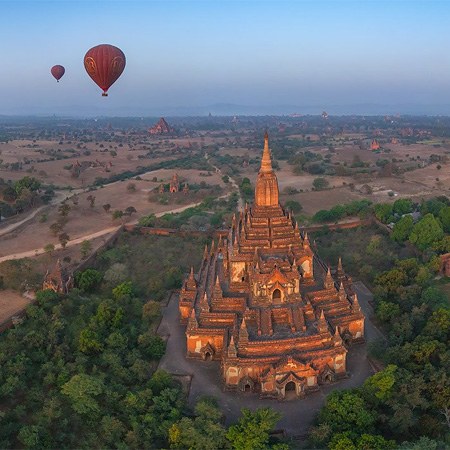 Balloon flight in Bagan, Myanmar
Balloon flight in Bagan, Myanmar
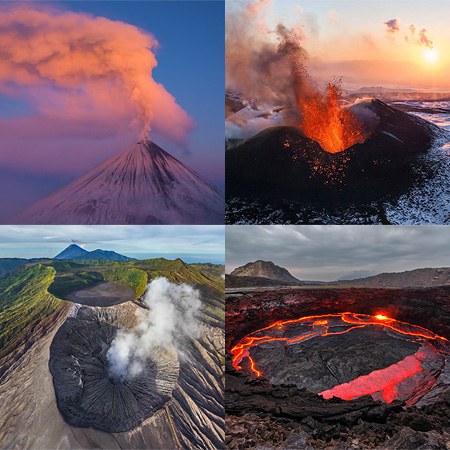 Best Volcanoes around the World from above
Best Volcanoes around the World from above
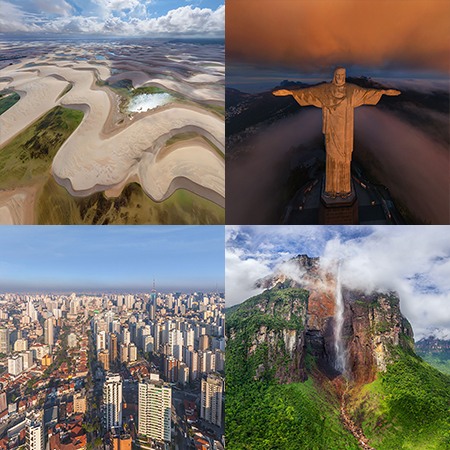 Around the World with AirPano. Part I. South America
Around the World with AirPano. Part I. South America
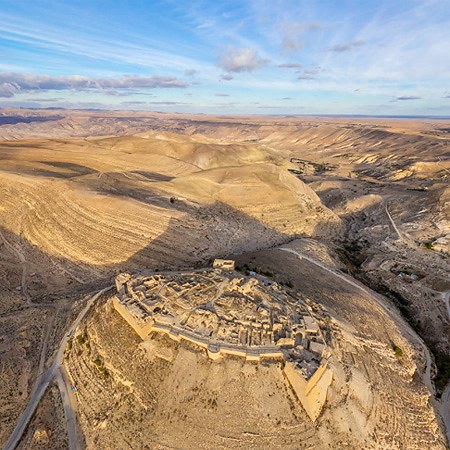 Shoubak Castle, Jordan
Shoubak Castle, Jordan
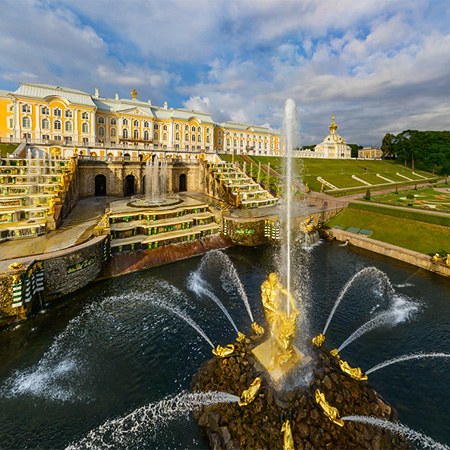 Peterhof, St. Petersburg, Russia
Peterhof, St. Petersburg, Russia
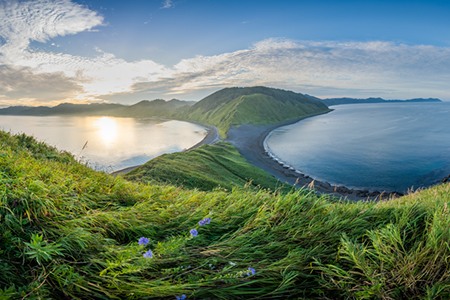 Sakhalin Island
Sakhalin Island
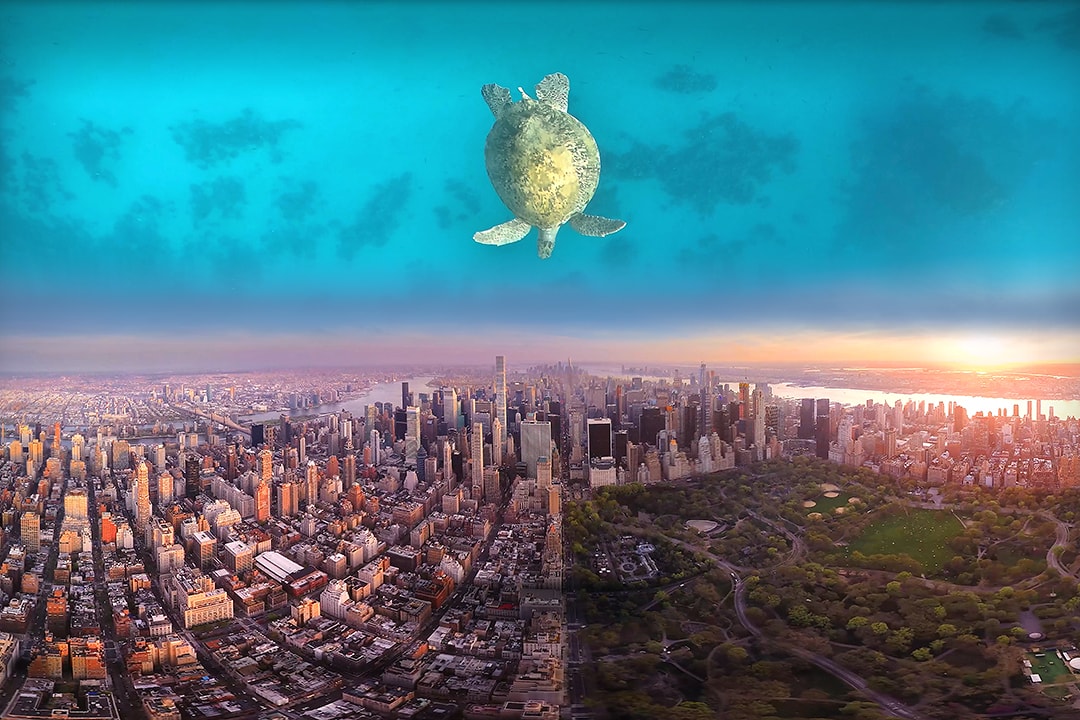 Between the Worlds. Relaxing 360 video
Between the Worlds. Relaxing 360 video
 Showreel 2020
Showreel 2020
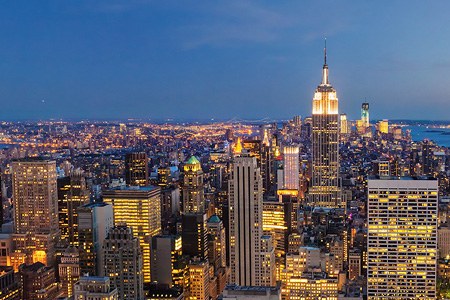 Manhattan, New York, USA
Manhattan, New York, USA
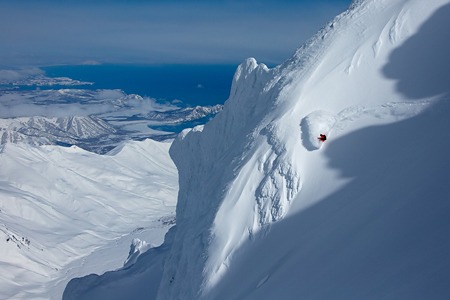 Freeride at Snow Valley mountain lodge. Kamchatka
Freeride at Snow Valley mountain lodge. Kamchatka
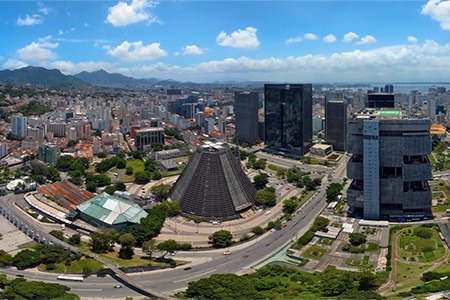 Rio de Janeiro. City Landscapes
Rio de Janeiro. City Landscapes
Show more




